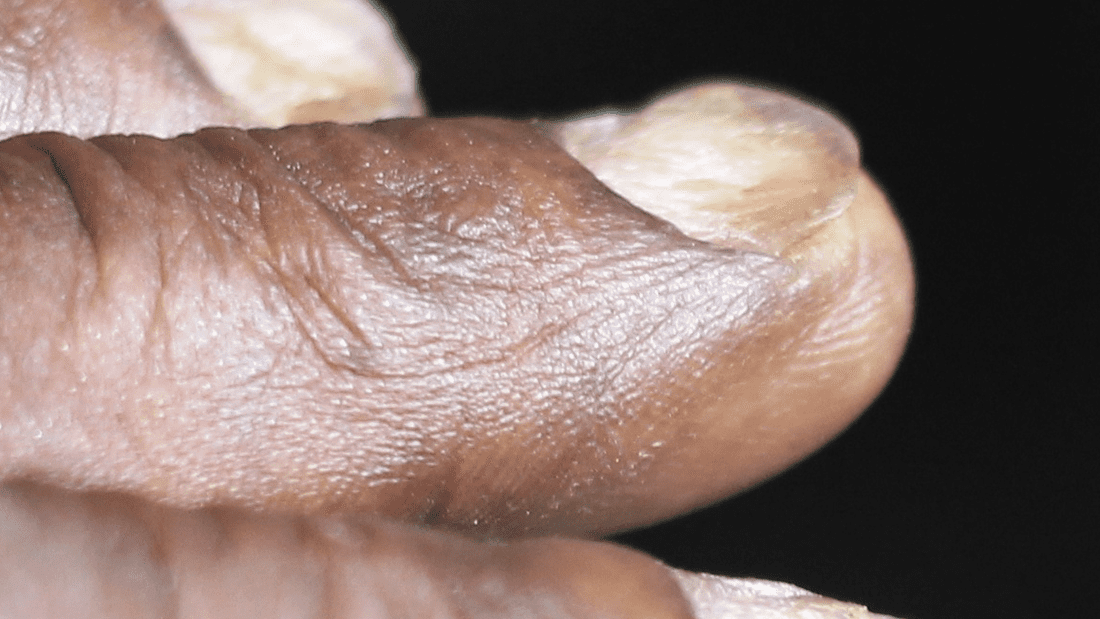During a routine medical examination, you may have wondered why your doctor looks at your nails and what exactly it is they are looking for. Nails are a good indicator of overall health, and certain features on them can be signs of disease and organ function.
There are a number of illnesses that can interrupt your nail growth, from kidney failure to pneumonia. Most come with other noticeable symptoms, which will likely be noticed before their effect on nails, but checking the nails is a good first visible indicator of conditions for medical professionals.
Changes to your nails can happen through damage to the nail itself, and normal changes can happen to your nails such as vertical ridges that appear more prominently as you age. However, sometimes changes can be down to an underlying condition.
“A change in your nail color requires attention, especially if your nails start to turn yellow or red or if stripes or dots of color appear on your nails,” Dermatologist Dr Dawn Davis explained to Mayo Clinic in 2011.
“Color changes could be the result of a nail fungus or, in some cases, they may be a sign of skin cancer. Conditions like liver failure and kidney problems can also change your nail color, turning nails white or yellow at the tips or near the cuticles.”

Other changes, such as unusual curving known as “clubbing”, can indicate low oxygen levels in the blood, possibly as the result of lung disease, as well as heart disease and liver problems.
As the nails grow at about 3.47 millimeters (0.14 inches) per month and the toenails 1.62 millimeters (0.064 inches) per month, it is also possible to get a rough idea of when a patient has had an acute illness. While you are ill – say with a serious infection, or fever – your body doesn’t prioritize nail growth.
Beau’s lines – one of the most common changes to people’s nails – are horizontal ridges that go across your whole nail, caused by this pause in nail growth. Find out how far along the nail the lines are, and you can have a rough idea of when that patient had an acute illness, or even whether they have had repeat illnesses (causing multiple lines) indicating chronic illness.
While they can be caused by picking at the nails or infections around the fingertips, they can also be a sign of serious illness, especially if they are seen across multiple nails. The lines themselves are harmless and resolve when the cause itself is resolved, though they may take several months to fully grow out.
Though most changes to your nails are harmless or caused by minor injury to the nails themselves, should you develop changes to them, it may be worth discussing with a physician or health care provider, in case they’re a symptom of underlying or unknown conditions.
Source Link: Why Do Doctors Look At Your Nails, And What Do They Say About Your Health?